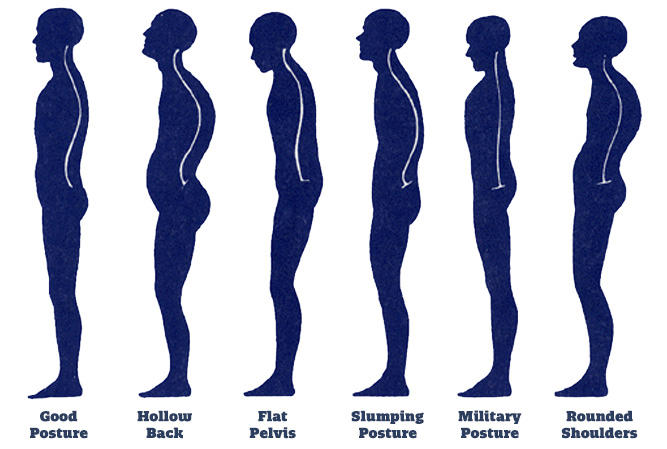The joys of getting older can be marred by having to face ongoing health problems. The most common health problem we start to notice as we get older is osteoporosis. About 54 million Americans have osteoporosis or have low bone mass which may increase the risk for the condition.
Osteoporosis is a medical condition in which bones become brittle and fragile due to a loss of tissue as a result of hormonal changes or lack of calcium or vitamin D. Since the bones of the body become weak, simple actions such as bumping into something or a minor fall can cause a bone to break. Studies have shown that approximately one in two women and one in four men ages 50 or older will break a bone due to osteoporosis.
As you get older, you may start to notice that you cannot tolerate injuries the way you once did. Osteoporosis is a serious condition and should not be taken lightly. If you avoid seeking treatment for your osteoporosis, recovery can take quite some time or you may be faced with severe pain that will not go away. Broken bones caused by osteoporosis may occur in the hip, spine, and wrist, and osteoporosis affects your posture and height. These problems will become noticeable when the condition causes the bones of your spine to break or collapse.
Osteoporosis can prevent you from enjoying the activities you once did and in turn can lead to depression and other health problems. It is important to keep yourself in good health as you cannot afford to have an accident when you are older. A broken hip is fatal in about 20% of seniors due to the problems related to broken bones or surgery necessary to repair the broken bone. If you break a bone or suffer from osteoporosis, a physical therapist can help you get back on your feet and into a regular routine once again.
Lake Country Physical Therapy & Sportscare PC offers the very best physical therapy in Ontario County. We treat all your wants and needs with our trusted and experienced Physical Therapists and staff. To begin to feel pain and stress free, start your Physical Therapy journey today and schedule your evaluation by calling (585) 396-1400.



